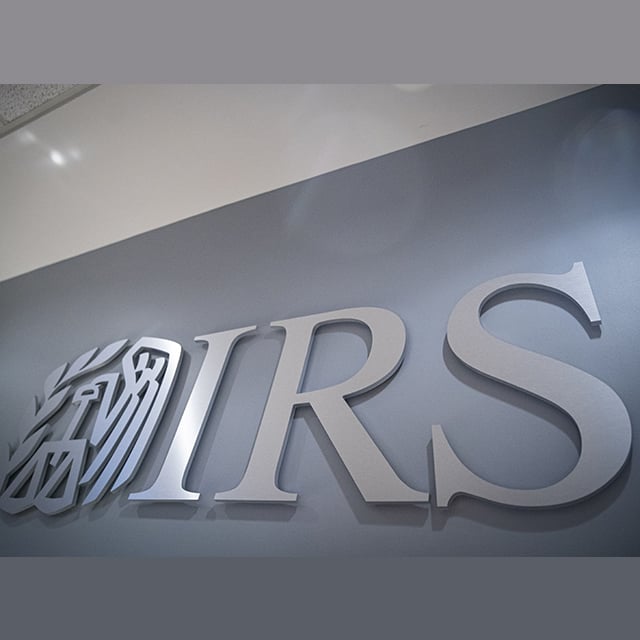IRS Warns of Schemes Involving Art Donations

The schemes are designed to encourage purchasers “to donate the art after waiting at least one year and to claim a tax deduction for an inflated fair market value, which is substantially more than they paid for the artwork,” the IRS explained.
Promoters may also suggest that taxpayers “donate art annually and allow them to buy a quantity of art that guarantees a specific deductible amount. Promoters may even arrange for certain charities to take the donations,” the IRS said.
The IRS said that more than 60 taxpayer audits have been completed with more in the works: “Those audits that have produced more than $5 million in additional tax.”
Red Flags
Another red flag in the scheme “is that promoters might line up specific appraisers for participants to use,” the IRS explained.
An appraisal that supports this scheme often fails to adequately describe the art. It may not address the value characteristics, such as rarity, age, quality, condition, stature of the artist, price paid and the quantity purchased.
Taxpayers are “always responsible for the accuracy of information reported on their tax return,” the IRS warned.
Proper Charitable Contributions
To properly claim a charitable contribution deduction for an art donation, a taxpayer must keep records to prove:
Name and address of the charitable organization that received the art;
Date and location of the contribution;
Detailed description of the donated art.
Different rules apply to claimed deductions for a charitable donation.
$250 or more: The taxpayer must obtain a contemporaneous written acknowledgement of the contribution from the charitable organization.
More than $500 but not over $5,000: The taxpayer must also complete Form 8283, Noncash Charitable Contribution, Section A, and attach it to the tax return.
More than $5,000: Taxpayers must complete Form 8283, Section B, including signatures of qualified appraiser and donee. They must also obtain a qualified written appraisal of the donated property.
$20,000 or more: Taxpayers must follow all the steps above and attach a complete copy of the qualified appraisal to their return. They should also have a high-resolution photo or digital image of the object and provide it, if asked.
The IRS points to Publication 561, Determining the Value of Donated Property, for requirements of a qualified written appraisal.




